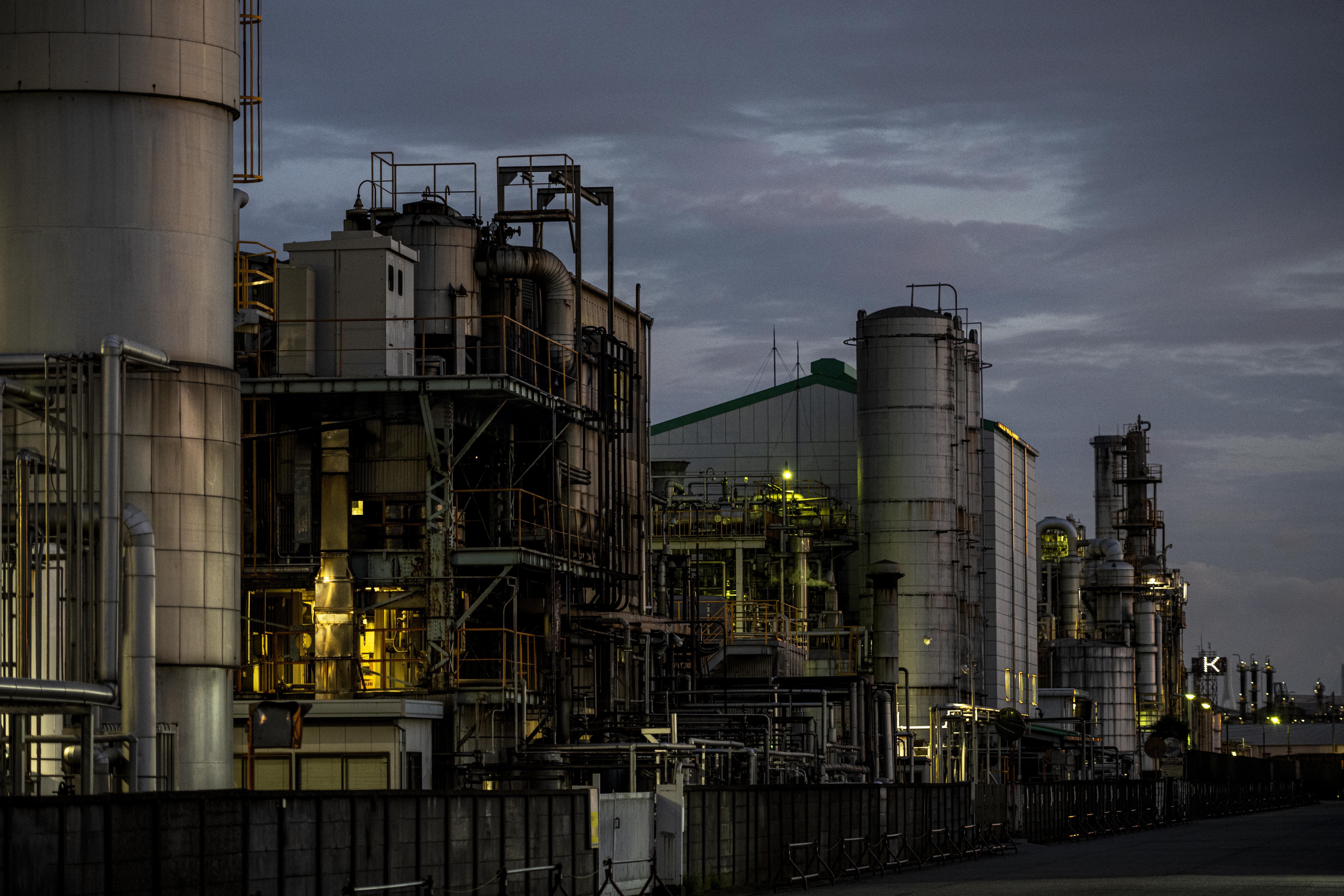0
World Daily Oil Consumption (M bbl/day)
0
Estimated Proven Oil Reserves (B bbl)
Market Overview
Energy Products Trading
Natural Gas
Regional Balances
Pipeline capacity, LNG flows, and weather drive pronounced seasonal volatility.
Crude Oil Basics
What is Petroleum
Petroleum (crude oil) is a fossil fuel formed over millions of years from organic matter subjected to heat and pressure. It is a mixture of hydrocarbons found in reservoirs beneath the earth’s surface. After extraction and refining, petroleum is transformed into fuels and petrochemicals used across transport, industry, and households.
- Origins: Hydrocarbons formed from ancient organic matter under heat and pressure.
- Extraction: Located in subsurface reservoirs; produced via wells and enhanced recovery.
- Refining: Fractional distillation yields products like gasoline, diesel, jet fuel, and feedstocks.
Consumption
Oil Demands
Drivers
What Influences the Oil Market Price
Primary Drivers
- OPEC+ policy and coordinated production targets
- Geopolitical events affecting supply routes and risk premia
- Supply chain and logistics (pipelines, shipping, storage)
Additional Considerations
- Energy transition and renewables influencing long‑term demand
- Currency strength (USD) affecting globally priced contracts
- Weather and natural disasters impacting production and transport


